Pressure Transmitter Manifolds
An important accessory to the DP transmitter is the valve manifold. This device incorporates manual valves to isolate and equalize pressure from the process to the transmitter, for maintenance and calibration purposes.
The following illustration shows the three valves comprising a three-valve manifold (within the dotted-line box), as well as a fourth valve called a “bleed” valve used to vent trapped fluid pressure to atmosphere:
NOTE : The standard 3-valve manifold, for instance, does not provide a bleed valve – only block and equalizing valves.
While this illustration shows the three valves as separate devices, connected together and to the transmitter by tubing, three-valve manifolds are more commonly manufactured as monolithic devices: the three valves cast together into one block of metal, attaching to the pressure transmitter by way of a flanged face with O-ring seals.
Bleed valves are most commonly found as separate devices threaded into one or more of the ports on the transmitter’s diaphragm chambers.
The following photograph shows a three-valve manifold bolted to a Honeywell model ST3000 differential pressure transmitter.
A bleed valve fitting may be seen inserted into the upper port on the nearest diaphragm capsule flange:
In normal operation, the two block valves are left open to allow process fluid pressure to reach the transmitter.
The equalizing valve is left tightly shut so no fluid can pass between the “high” and “low” pressure sides.
To isolate the transmitter from the process for maintenance, one must close the block valves and open the equalizing valve.
The best sequence to follow is to first close the high-pressure block valve, then open the equalizing valve, then close the low-pressure block valve.
This sequence ensures the transmitter cannot be exposed to a high differential pressure during the isolation procedure, and that the trapped fluid pressure inside the transmitter will be as low as possible prior to “venting” to atmosphere.
Finally, the “bleed” valve is opened at the very last step to relieve pent-up fluid pressure within the manifold and transmitter chambers.
To return the transmitter to live service, simply reverse these steps: close the bleed valve, open the low-pressure block valve, close the equalizing valve, and finally open the high-pressure block valve.
Final valve positions for both states are shown in the following illustrations:
A variation on this theme is the five-valve manifold, shown in this illustration:
The presence of a built-in bleed valve in the five-valve manifold allows the technician to vent trapped pressure through a tube to some remote location, rather than directly venting at the transmitter.
Valve positions for normal operation and maintenance on this manifold are as follows:
It is critically important that the equalizing valve(s) never be open on any transmitter manifold while both block valves are open! Doing so will allow process fluid to flow through the equalizing valve(s) from the high-pressure side of the process to the low-pressure side of the process.
If the impulse tubes connecting the manifold to the process are intentionally filled with a fill fluid (such as glycerin, to displace process water from entering the impulse tubes; or water in a steam system), this fill fluid will be lost.
Also, if the process fluid is dangerously hot or radioactive, a combination of open equalizing and block valves will let that dangerous fluid reach the transmitter and manifold, possibly causing damage or creating a personal hazard.
Speaking from personal experience, I once made this mistake on a DP transmitter connected to a steam system, causing hot steam to flow through the manifold and overheat the equalizing valve so that it seized open and could not be shut again!
The only way I was able to stop the flow of hot steam through the manifold was to locate and shut a sliding-gate hand valve between the impulse tube and the process pipe.
Fortunately, this cast steel valve was not damaged by the heat and was still able to shut off the flow.
Pressure transmitter valve manifolds also come in single block-and-bleed configurations, for gauge pressure applications.
Here, the “low” pressure port of the transmitter is vented to atmosphere, with only the “high” pressure port connected to the impulse line:
The following photograph shows a bank of eight pressure transmitters, seven out of the eight being equipped with a single block-and-bleed manifold.
The eighth transmitter (bottom row, second-from left) sports a 5-valve manifold:
If you look closely at the photograph, you can see the bleed valve fittings installed on all the upper ports.
Only the transmitter with the 5-valve manifold has two bleed valve fittings because it is the only DP transmitter of the group.
The other seven transmitters are all gauge pressure units, and so only have one port to bleed.
A good habit to cultivate when operating valve handles on transmitter manifolds is to “back off” the open valves approximately one-quarter turn after opening.
This discourages seizing in the full-open position, and also makes it possible for someone to more easily tell the states of the valves by feel: a closed valve will not easily turn (because it is tightened onto its seat) while an open valve is free to turn either direction a bit.
Since there should be no flow going through the valves of a transmitter manifold, it is irrelevant whether an open manifold valve is 100% open or 90% open or 80% open, so there is no harm in “backing off” an open valve from the full-open position.
It would of course be bad to do this with a closed valve, since any valve plug must be pressed tight into its seat in order to achieve positive shut-off.
Credits : Tony R. Kuphaldt – Creative Commons Attribution 4.0 License
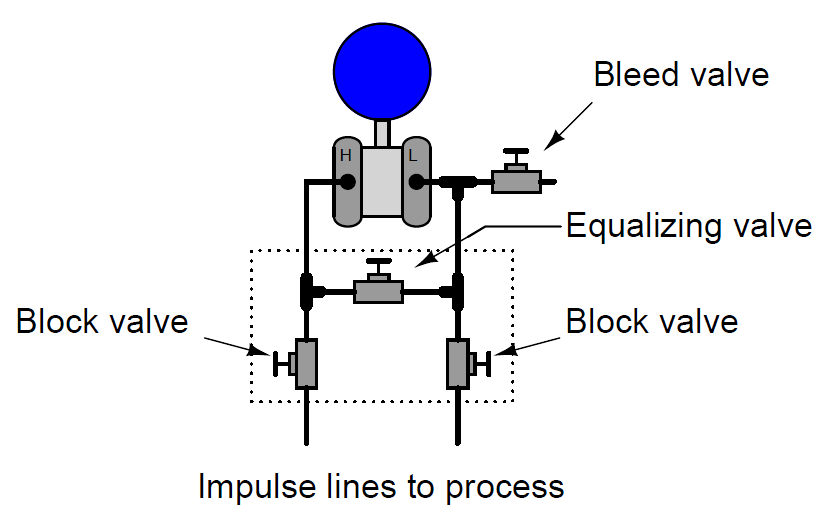
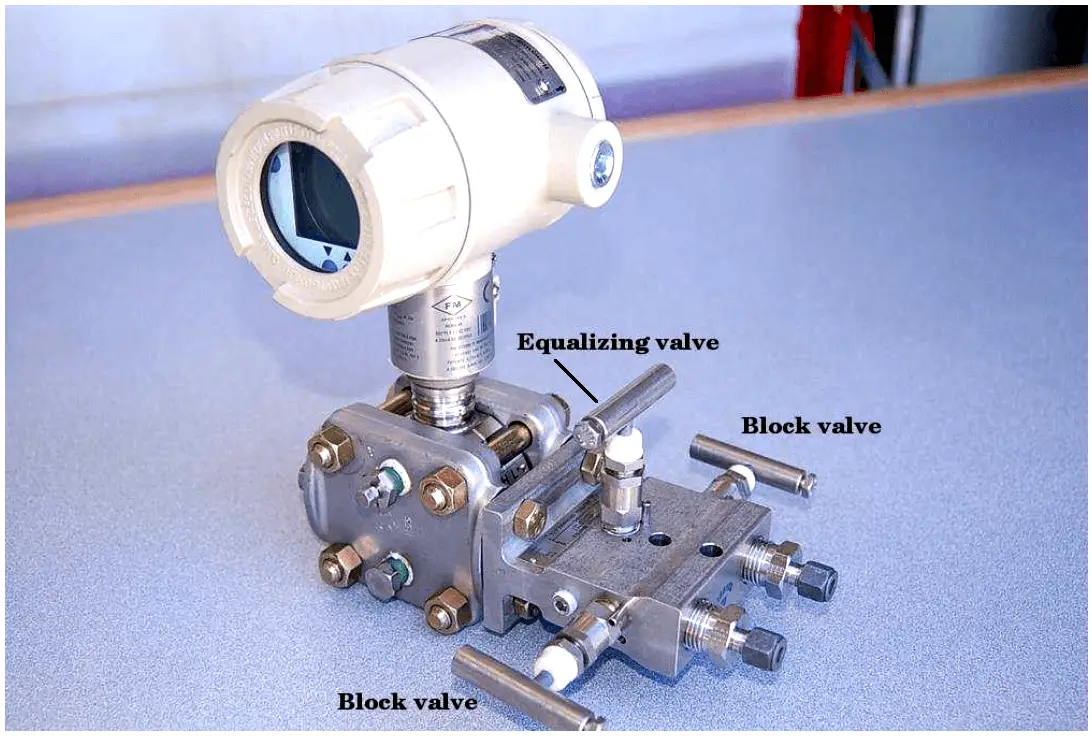

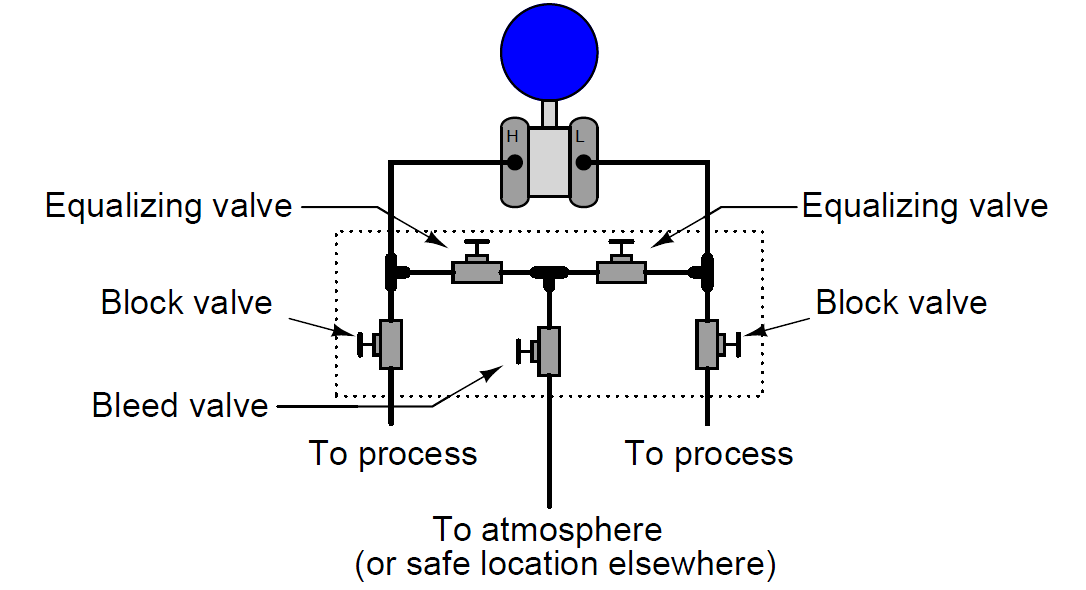
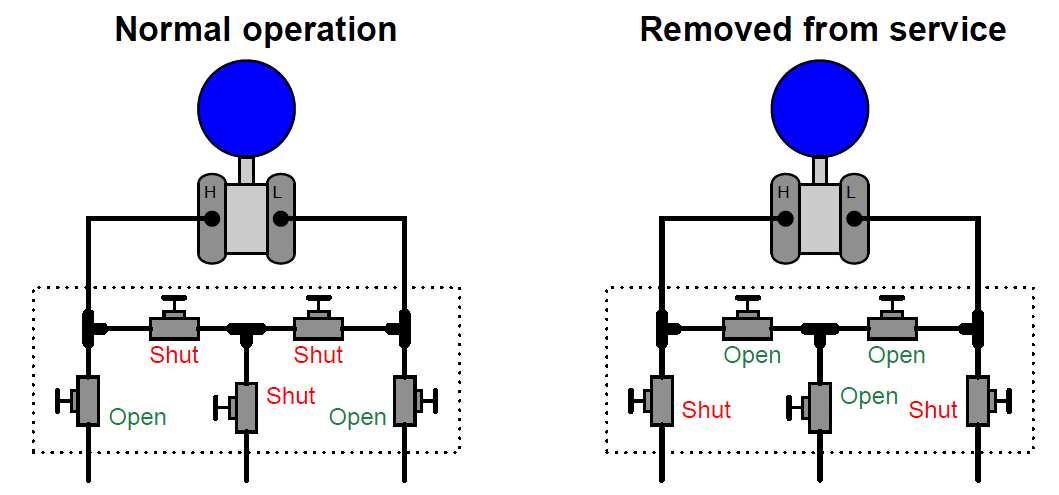
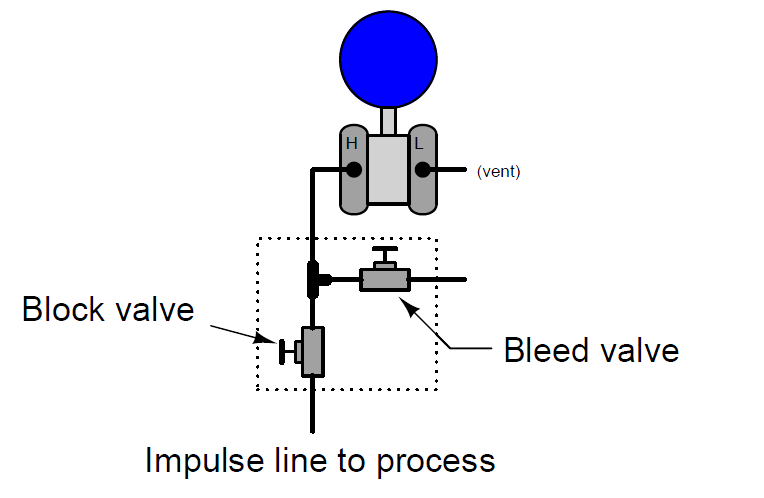
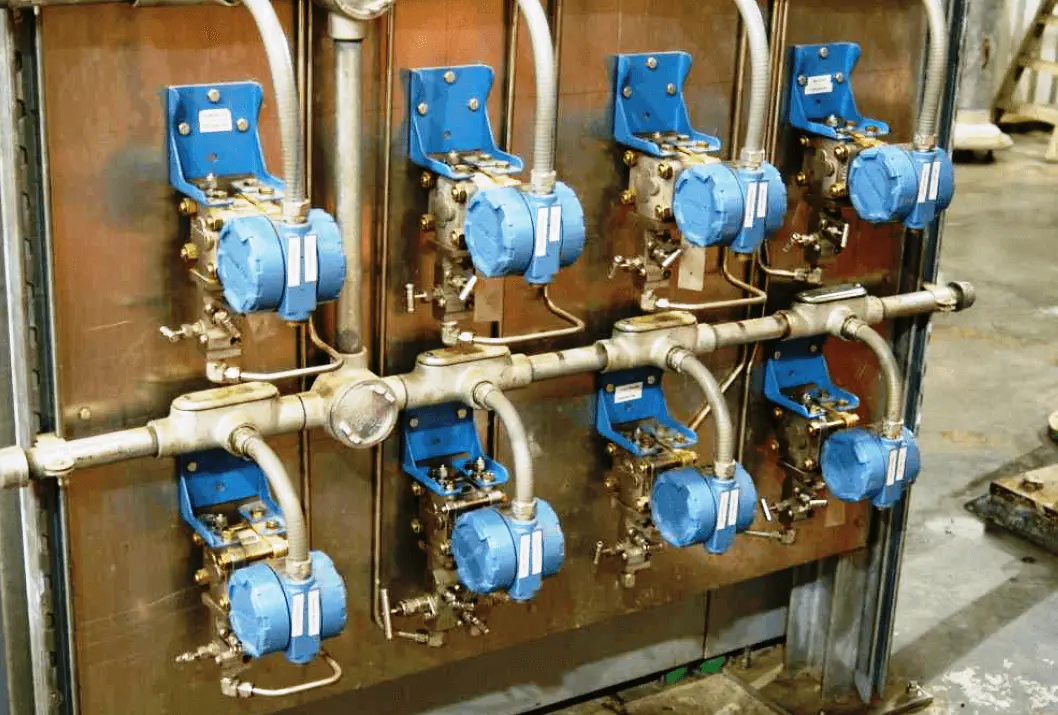

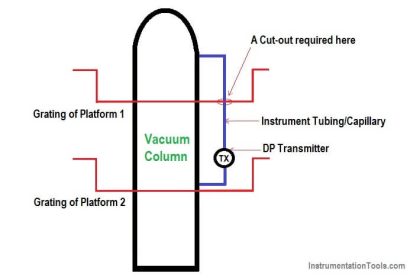
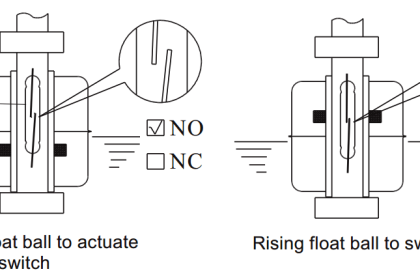
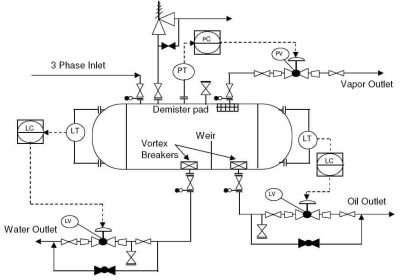
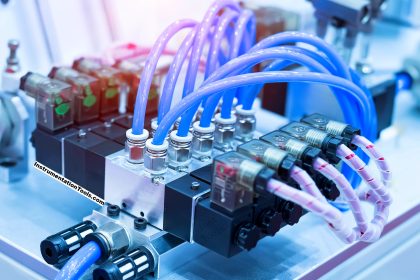
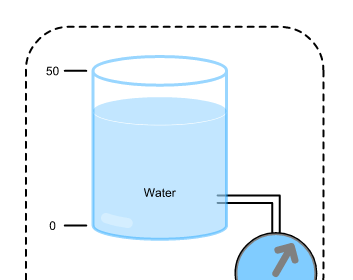
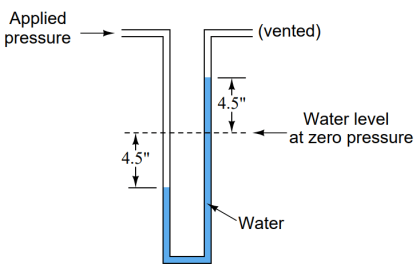
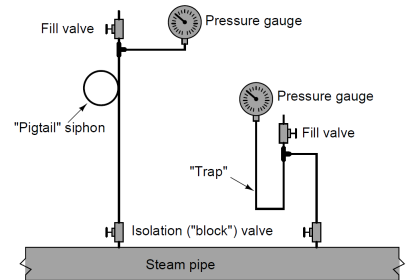



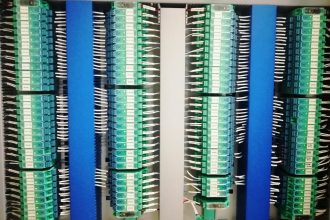
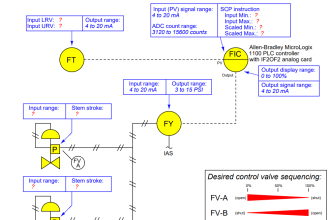
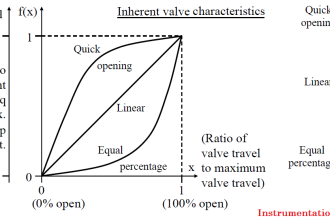
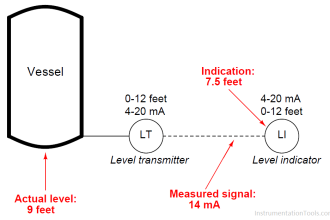
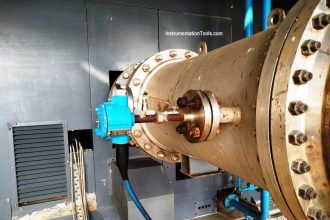

Genrally bleed valve is not recomended by any vendor of dp transmitter and no philoshphy to add bleed valve. Process fluid is vented through vent port genrally when working on dp transmitter
Dear
In my plant we need measure single port low pressure fuel gas point ( up to 1bar). But they are using Dp type transmitter act as a pressure transmitter lp side went to atmosphere and using 5 port manifold valve.
My question is why they are using Dp and 5 port manifold valve for low pressure only.
The use of DP transmitter for static pressure measurement is for better accuracy.
I appreciate you informing us that the valve manifold is an important accessory to the DP transmitter since it incorporates manual valves to isolate and equalize pressure from the process to the transmitter for calibration purposes. My brother runs a manufacturing company, and it seems like the factory needs a new valve manifold box soon so he has been looking for a replacement. I’ll keep this in mind while I look for a manufacturer in the area that we can contact for the valve manifold box he needs soon.